TUTORIAL: How to Create Beautiful Earthy Tones Naturally with Nettles and Other Leaves
There are so many dye plants in bloom during these warmer Summer months. I was recently surprised to find “Lady’s Bedstraw” growing in my neighbourhood. I am looking forward to the Autumn when I can harvest the roots for pinks and reds. With natural dyeing, you can use a few different parts of the plant: roots, leaves, stems or flowers. Many trees provide colour through their bark, twigs, leaves, fruit, nuts or seeds. Today I will show you how to create a dye bath and natural dye from nettles, this same method can be applied to any dye leaf. No matter where you’re based, you can use this technique to extract dye from the leaves of numerous dye plants. Some examples include Dandelion, Tansy, Comfrey, Elder, Sorrel, Chamomile, Pear, Oak, Apricot, Cherry, Plum, Peach and Mahonia.
I chose this plant as they grow in abundance in Ireland and yield beautifully soft colours from the dye pot. You will often get different tones from nettle throughout the year with Summer giving you yellowly greens and khakis. It’s always a delight to see what emerges from the pot throughout the changing seasons. Due to its strong fibres, similar to flax, nettle has a rich history and was used throughout the 16-19th centuries.
Before we get started just a word of caution, be sure to wear protective gloves when harvesting nettle as the stinging hairs can be most unpleasant to deal with. When cutting the plant, snip the tops into a basket, leaving the rest of the plant untouched. Making a dye bath from nettles is very straightforward. Similar to brewing tea, you place your leaves in a pot, add water and simmer gently for 45-60 minutes.
The size of your pot is determined by the amount of fabric you plan to dye. You can start by experimenting with extracting the dye and applying it to small swatches of fabric. Once you become familiar with the process you can figure out how much fabric to dye & how many nettles to use. When it comes to dyeing fabric we use the same amount of dyestuff and fibres. If you are making a garment weighing 500g, you would need the same weight in nettles. It can be hard to judge the weight of the nettles the first time you do this so gather lots as you can always add more to the pot to make a stronger colour if you have too much. After snipping the nettles, I always leave them to sit outside for a while giving any residing insects a chance to make a run for it before adding water and heat!
Materials
Scissors or secateurs
Basket to gather
Gloves
Dye pot
Water
Heat source
Wooden spoon
Sieve or strainer
Method
1. Gather your nettles.
2. Fill a pot 3/4 with water & add the nettles.
3. Using your wooden spoon, carefully push the nettles down until they are fully submerged.
4. Add heat and bring to a gentle simmer. If you boil the water, you run the risk of turning your dye brown. Be sure to use a gentle simmer while extracting the dye.
5. Simmer for 45-60 minutes, then turn off the heat and leave the pot to cool.
6. Once the liquid has cooled, use a sieve to strain out the nettles. You can compost these in your garden.
7. Your dye is now ready to use.
Next, I’ll be showing you how to dye your linen and create a garment from your naturally dyed fabric. If there is something you have been wanting to make, consider gathering some plants and dyeing the fabric yourself and I’ll be here to help you along the way.





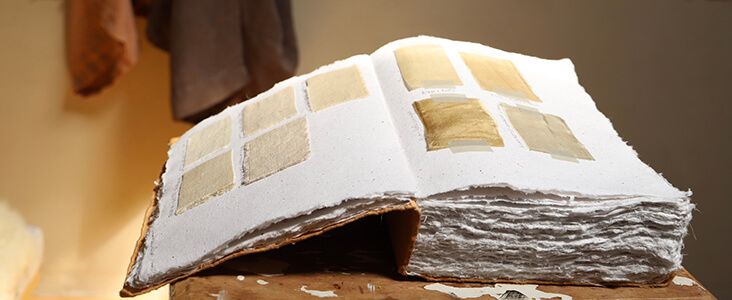
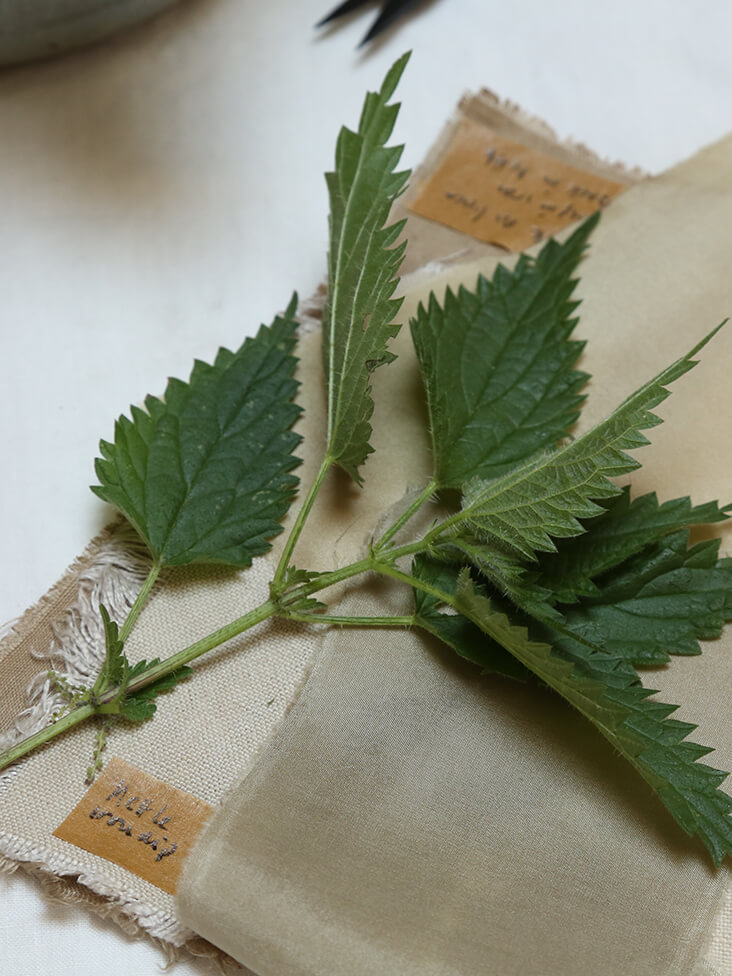
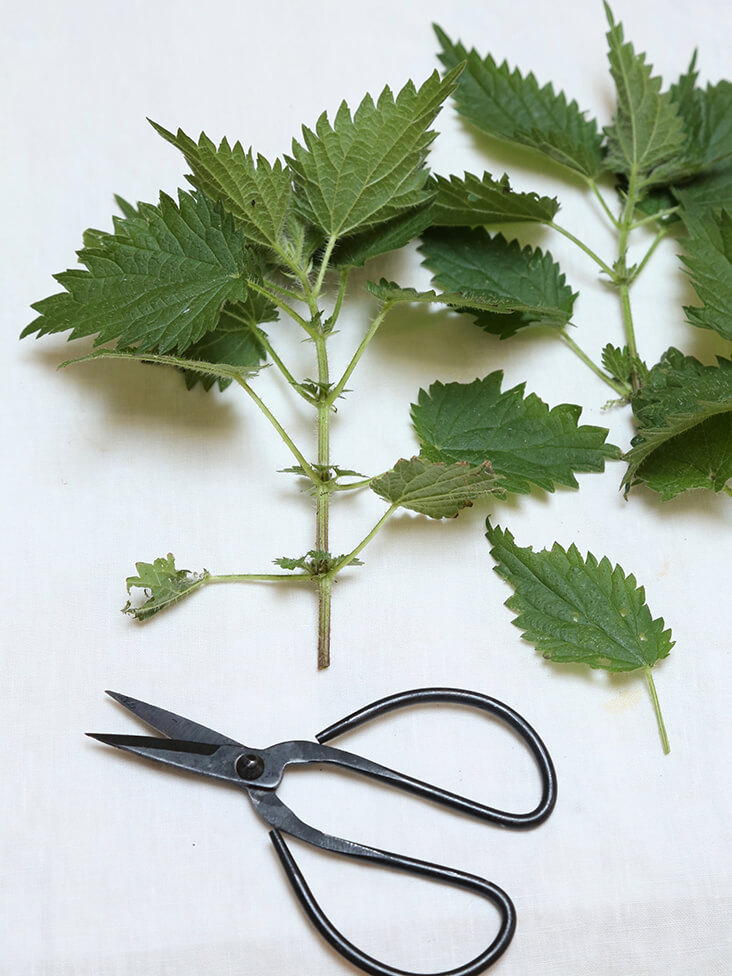
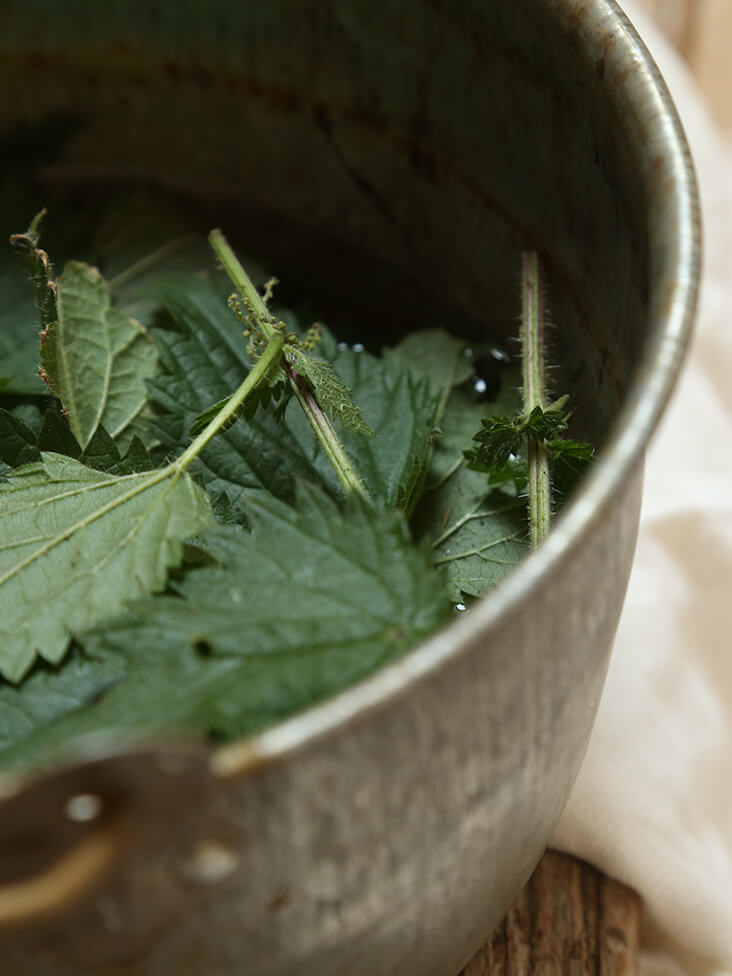
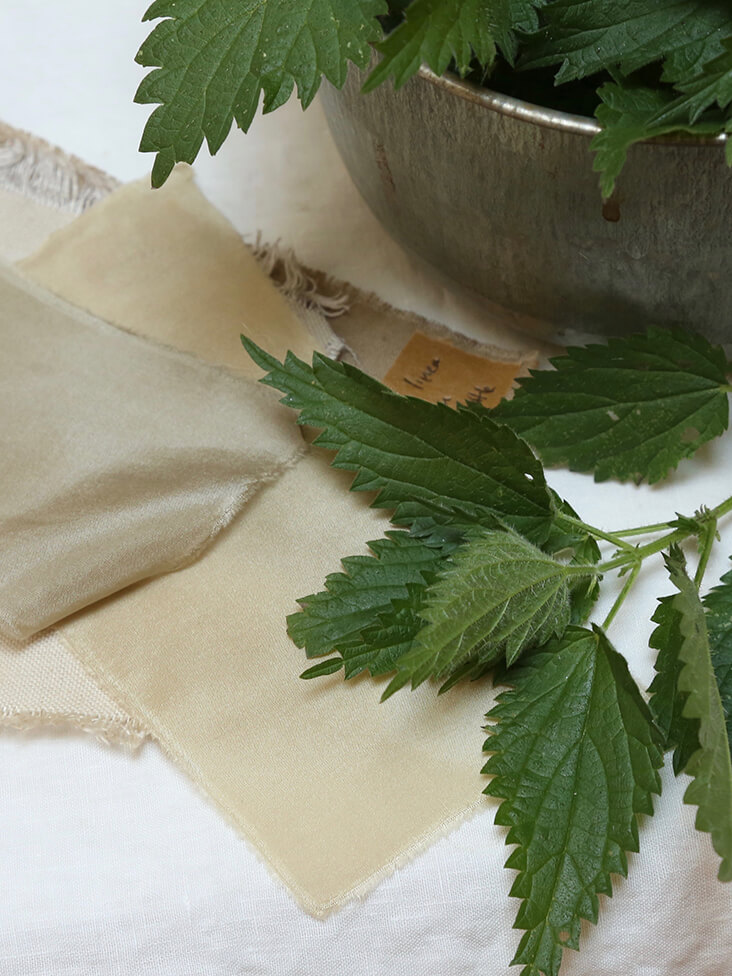





















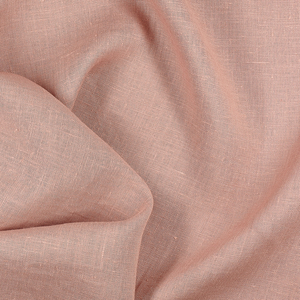


















16 Comments
aphrodite atlas
It’s early October, and goldenrod is coming along in Central Texas. It’s another easy-to-use natural dye plant that doesn’t require a lot of chemistry. You’ll want aluminum acetate for your mordant, and a couple of dedicated non-reactive stock pots for the extraction, mordanting and dyeing.
Take your allergy meds before you start collecting; wear tall boots and long sleeves, and use plenty of bug spray. Stick to roadside collecting unless you are able to obtain landowner permission to collect on private property.
Jerilyn Winstead
I assume the mordant will be added during the actual dye process when you use this liquid dye to dye your linen. I want to do this – this is perfect timing! Where to get fresh nettle leaves…?
Ruthe Ploskunyak
The North Carolina nettle grows abundantly in my lawn area where I don’t want it in the Smith Mountain Lake region of Virginia! I have been yanking them out. Now I know why they are here, and hope to make some positive use of these vicious little plants. Regular gardening gloves are not enough protection; wear heavy leather gloves to deal with these.
I have a question: what is a mordant?
Marta Sullivan
Nettles are really good to eat. They seem to grow somewhat close to water but not where they will get their “feet” wet. In the Spring, I dress in long pants, long sleeves, and rubber gloves, and carry a large plastic bag for my catch. It is the tender young leaves that are great in a nettle pie, as a green in soup, or omelet. You can freeze them by steaming them for a bit (this also removes the prickles) They will continue to sting until they are blanched. They are really good. Our nettles are somewhat tall (about 3 ft), I saw some really short ones in a ditch by the road in the Czech Republic a couple of years ago. We were out in the country at this point. I think that nettles are better for eating.
Kathryn Davey
Thank you for sharing this information Marta 🙂
Kathryn Davey
Hi Ruthe, Good to know they are growing abundantly in Virginia, not so good to know they are growing in your lawn:( I’m happy to hear you may have found a positive use for them, the young shoots can also be used to make nettle tea & pesto. A mordant is a substance you add to help the dye bind to the fibre, increase colour & light-fastness to ensure long last colour. Mordants can be mineral or plant-based or synthetically made. Best of luck with the nettles x Kathryn
Kathryn Davey
Hi Jerilyn,
Where are you living? If they don’t grow in your area, you might be able to purchase them from a health food shop or online, I’ve never had to worry about where to find them as they are everywhere in Ireland. I’ll be talking about mordanting in the next article, you can mordant before or in the pot, I usually always mordant my fabric before adding to the dye pot but everyone likes to do it differently. I’m happy to hear you want to do this x Kathryn
Susan Wiedner
Do you not need a mordant of any type?
Kathryn Davey
Hi Susan,
Yes, I’ll be coving that in the next article. I’ll explain a few ways to mordant with ingredients you may have access to or if you want to prepare ahead you could purchase some “tannin powder” sometimes sold as “oak gall powder”. x Kathryn
Marsha Schneider
Do you need a mordant to hold color?
Susan Wiedner
Great minds.
Jay Evert
Greetings, Marsha and Susan:
According to the PDF version of the tutorial: “Next, I’ll be showing you how to dye your linen and create a garment from your naturally dyed fabric.” So, stay tuned?
Kathryn Davey
Thanks Jay, yes stay tuned 🙂
Kathryn Davey
Hi Marsha,
Yes, Nettles need a mordant to help the colour bind to the fibre. I’ll be coving that in the next article. I’ll explain a few ways to mordant with ingredients you may have access to or if you want to prepare ahead you could purchase some “tannin powder” sometimes sold as “oak gall powder” x Kathryn
Patricia Johnson
Oh how fun! I wanted to experiment with natural dyes on linen this year. I picked up a few books from the library and chose a few plants to grow for their color properties. Then I wasn’t sure when to harvest or which parts and how to use them. This has re-inspired me! Thank you!
Kathryn Davey
Hi Patricia,
That’s so lovely to hear, thank you for letting me know. It can be quite overwhelming to begin with so you’re not alone there! Once the plants are established, you can try harvesting at different times of the year to see what colours they yield. You could also experiment with the different parts, sometimes you’ll get great results and other times you won’t but there are no mistakes, just learning…x Kathryn